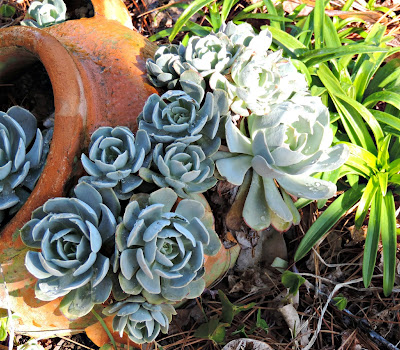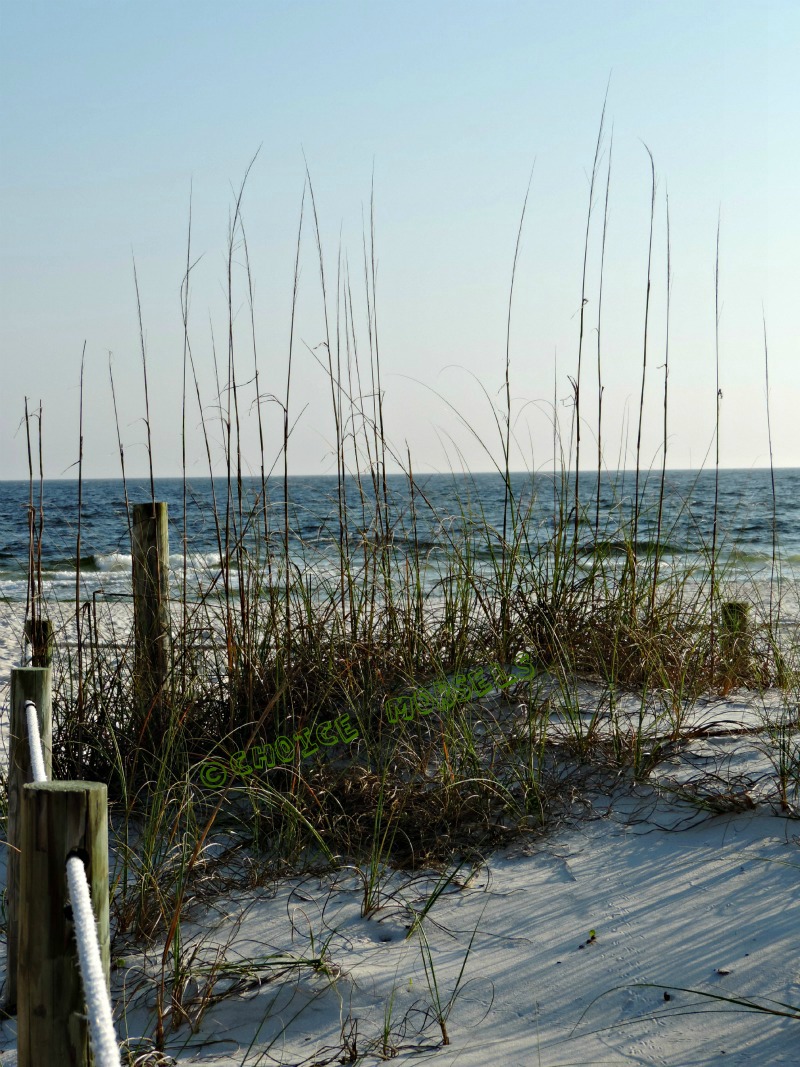Garden Pic Wednesday: Frozen Chicks
Last night we had basically an ice storm. A light bit of rain and freezing temps overnight left a sparkle of ice over everything this morning.
Hubby had to scrape a thin coating of ice off the driver side of the wind shield this morning---he used an expired Chick-Fil-A card, since he didn't have a scrapper handy.
Hubby had to scrape a thin coating of ice off the driver side of the wind shield this morning---he used an expired Chick-Fil-A card, since he didn't have a scrapper handy.
The sun had already melted away frost on the passenger side. It was working quickly on everything else, too, by the time I walked around with my camera later in the morning.
I did get some nice photos of my Hen & Chick succulents dotted with frozen ice specks:
A coating of ice doesn't bother them. I love these things!
A Little Solar Science:
If you've been paying attention to solar science, then you may already know we've entered a period of solar activity time called a "Grand Solar Minimum."
That means the sunspot and flare activity on our sun has dropped from being very active to very minimal. Our sun has a normal, rhythm of more or less sunspot and flare activity and this effects the warmth or coolness of Earth temperatures.
When sunspot and flare activity is high, Earth temps are warmer.
When sunspot activity gets very low, the Earth temps are cooler resulting in colder, longer winters.
Sunspot and flare activity fluctuates all the time, but when it goes into a "Grand Solar Minimum," that means the sunspot activity drops to a very low level and stays low like that for years, even decades.
A really bad, long one occurred between 1650 to about 1700 when sunspot activity actually dropped all the way to zero, for reasons science doesn't know. The dikes in Holland froze solid. It's classed a "Mini Ice Age."
However, this Grand Solar Minimum isn't predicted to be that severe, since sunspot activity isn't zero; just very minimal.
What it does mean, however, is longer, colder, more brutal winter weather then we've seen on Earth for centuries that will last for an unspecified, but lengthy number of years---exactly how many is a guess. Scientists think at least 10 to 15 years.
But they are guessing.






Comments
Post a Comment
Thanks for leaving a comment!